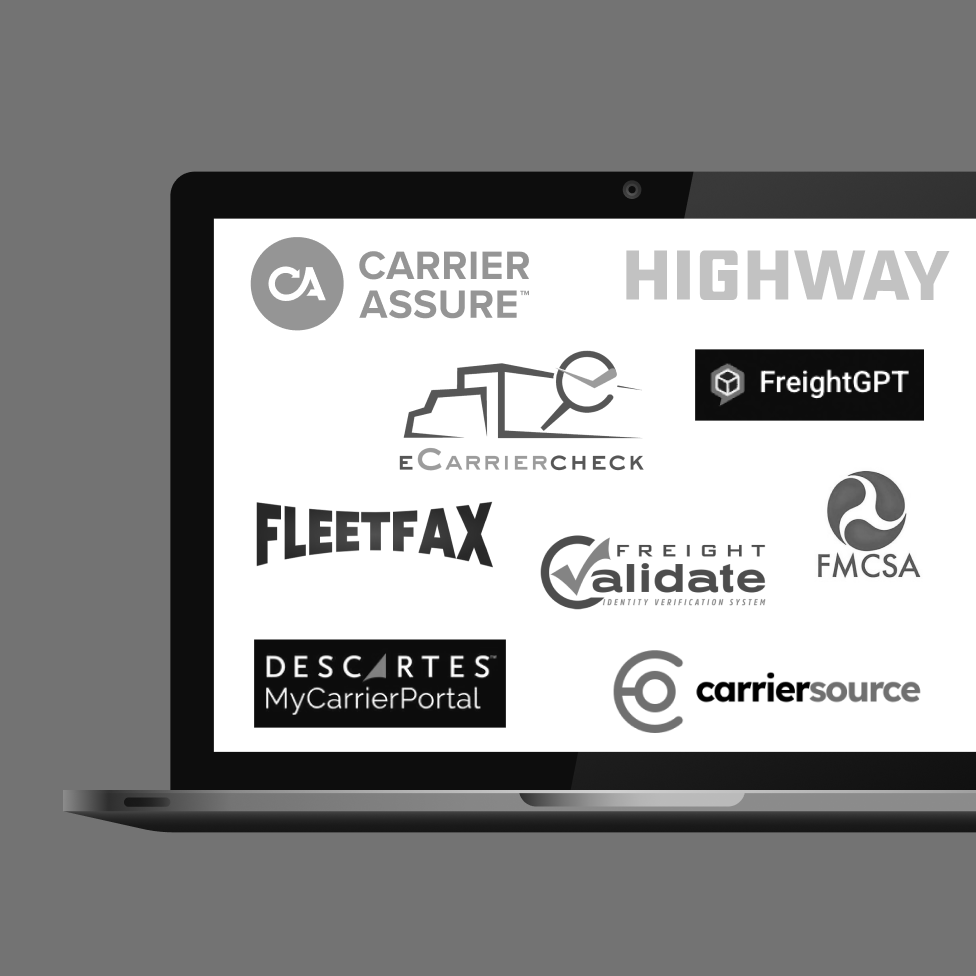The freight market remains in flux as we enter the second quarter of the year. While some indicators show positive growth, others reveal a decline, leading to mixed signals about the industry's outlook.
.jpeg)
Inflation Slows Consumer Spending
Despite rate hikes by the Fed, inflation continues to be a headwind faced by the freight industry. Inflation pressures remain high with consumer price indices revealing a 6.0% YoY increase. It is felt the most in food prices, which increased by 9.5% YoY.

Overall, retail sales in the United States fell by 0.4% in February without adjusting for inflation. Furniture stores and food/drinking services sales were hit the hardest, with a 2.5% and 2.2% decrease respectively.
The decrease in sales of discretionary or bigger ticket purchases directly impacted freight movement, as consumers spent less overall. However, there was a slight increase in demand for the reefer sector, which includes food and health-related items. Freight brokers and logistics professionals may consider bidding on more reefer loads going into April.
The Conference Board Consumer Confidence Index increased slightly in March to 104.2, up from 103.4 in February. However, the overall score remains lower than in 2022. A low score indicates consumers are more hesitant to buy goods, resulting in less freight movement. Freight brokers and logistics professionals should monitor consumer confidence trends to anticipate future demand better.
Truckload Demand Increases but at the Slowest Pace in 5 Years
According to recent industry reports, the freight market showed minimal growth in February going into March.
In February, truckload demand increased by 2.5%, the smallest tender volume increase in five years, and remained steady through March. The National Truckload Index (NTI) also fell by 5%, with a 3.8% decrease when excluding fuel costs, reflecting softened demand.

The softened demand can also be seen in rejection rates, which fell by 25 basis points in February, hovering just below 3.5% Carriers handled 25% more volume in late 2021 than they currently are.
One potential reason for the slower growth is the large carrier capacity available under contract, which is reducing shippers reliance on the spot market. As more shippers secure capacity under contract, there is less demand for spot rates, possibly driving the rates down.
Seasonal Demand Shows Signs of Return
The analysts have been anticipating a return to seasonality in 2023, and the market is finally starting to show signs of a soft return. Tender volumes were 2.7% higher in the first two weeks of March, signaling a slight seasonal rebound.

The oversupply of carriers persists leading to a continued fall in spot and contract rates. As a result, carriers may work harder to secure business and maintain profitability, and brokers may have to adjust their pricing strategies to remain competitive.
As the produce and summer shopping seasons approach, volume should increase. Freight brokers can prepare for this soft return by building and maintaining relationships with their carrier networks. Brokers that offer fair rates to keep their carrier network on the road will reap the benefits when the market changes.
Cautiously Optimistic Freight Market
The freight market is slowly recovering but is not out of the woods yet.
With inflation pressures and hesitant consumers, it's essential for brokers to stay competitive and maintain their relationships to continue to weather the freight recession.
SmartBrokers are using this time to take a proactive approach that involves leveraging technology to streamline operations, achieving operational excellence to reduce costs, developing strong relationships with carriers and shippers, and having a growth mindset to identify opportunities for expansion. By embracing these strategies, smart brokers can position themselves for long-term success and thrive in difficult market conditions.

Denim’s automated solutions streamline your back-office operations. Explore our solutions to see how Denim can help your business scale efficiently.
There's a better way


.jpeg)




